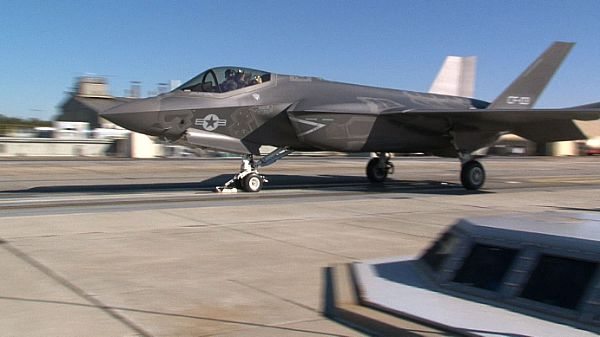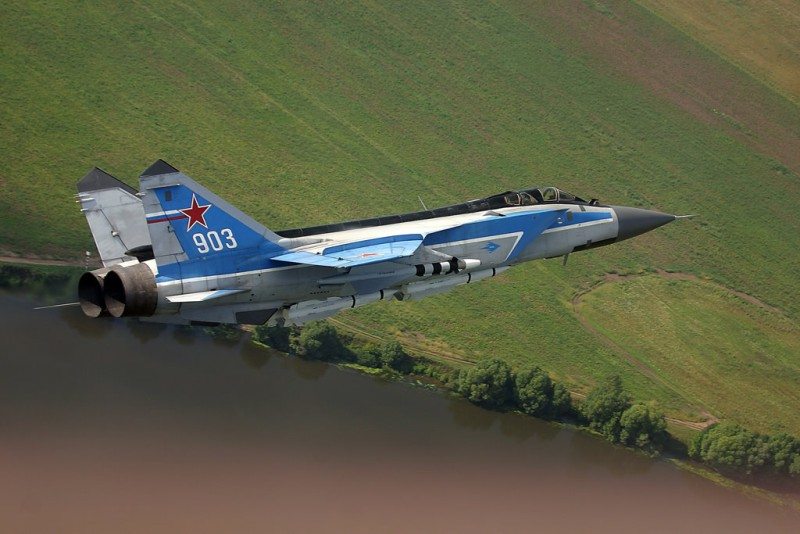The first group of military maintainers at the 33rd Fighter Wing recently qualified in numerous F-35A flight inspections by a uniformed certifier, a task only civilian certifiers initially were contracted to support.
“This first-ever Air Force to Air Force on-the-job training event is an important milestone in the bed-down and operation of the F-35A at Eglin,” said Lt. Col. Michael Miles, 33rd Aircraft Maintenance Squadron commander. “The Air Force will now be able to better assist our contract logistics services teammates as flying operations mature.”
Lockheed Martin was initially contracted for those services but as the military becomes more “organic” uniformed maintainers will share the task. With hundreds of verifications on joint technical data on how to properly maintain the aircraft left to be accomplished for each of the three F-35 variants in 2012 and beyond, the military wrench turners are not ready to take the toolboxes over just yet.
But at least in a handful of areas Airmen have the official “sign off” from Master Sgt. Scott Grabham, the aircraft section maintenance chief for the 33rd Aircraft Maintenance Squadron who verified training of the three crew chiefs over the course of two days.
Grabham had received his training at Edwards Air Force Base, Calif., during some of the developmental, test and evaluation of the F-35. He is the only military person able to train a maintainer on certain tasks while three more Air Force trainers are soon to be added to the certifier ranks, he said.
“They did excellent in the cockpit and knew immediately where to look for foreign objects,” said Grabham on what he called “seasoned mechanics chosen to stand up the new F-35 mission at Eglin.”
Those maintainers transferred from legacy F-15 and other aircraft to maintaining the fifth generation joint strike fighter.
“I’m dealing with a lot more advanced electronics than I’ve ever dealt with,” said Staff Sgt. Matthew Reed, an F-35 crew chief in training who has seven years of experience on the flight line.
Part of transition and training in maintaining the joint strike fighter also means learning new terminology to describe familiar equipment.
Instead of an auxiliary power unit as called in other fighters, the F-35 joint technical data describes the equipment used to start the engine and give it its electrical power as an integrated power package, said Grabham.
Experienced maintainers are challenged with fully-fused sensor information and network-enabled operations and advanced sustainment unique to the F-35, in addition to the new aircraft’s advanced stealth qualities.
During the training to inspect the joint strike fighter in a simulated post-flight operations mode, Reed used a laptop computer transported up to the cockpit known as a portable maintenance aid. It was loaded with software known as the maintenance vehicle interface which through a USB cable, makes jet parts move and indicates jet fluid level readings.
“Accomplishing inspection tasks via F-35 methods was easier since the maintenance data was a few computer keystrokes away instead of having to check out five paperback reference books to “check out a task,” he said.
Since the software allowed him to move flight control systems, Reed no longer needed to hook up hydraulic equipment as he did with legacy aircraft.
However, even though maintainers revere the F-35’s technological advances, they still experience a certain familiarity that comes with their basic trade skills.
“As far as the airframe itself, a fighter is a fighter … a bunch of stuff in a little area,” said Reed.











